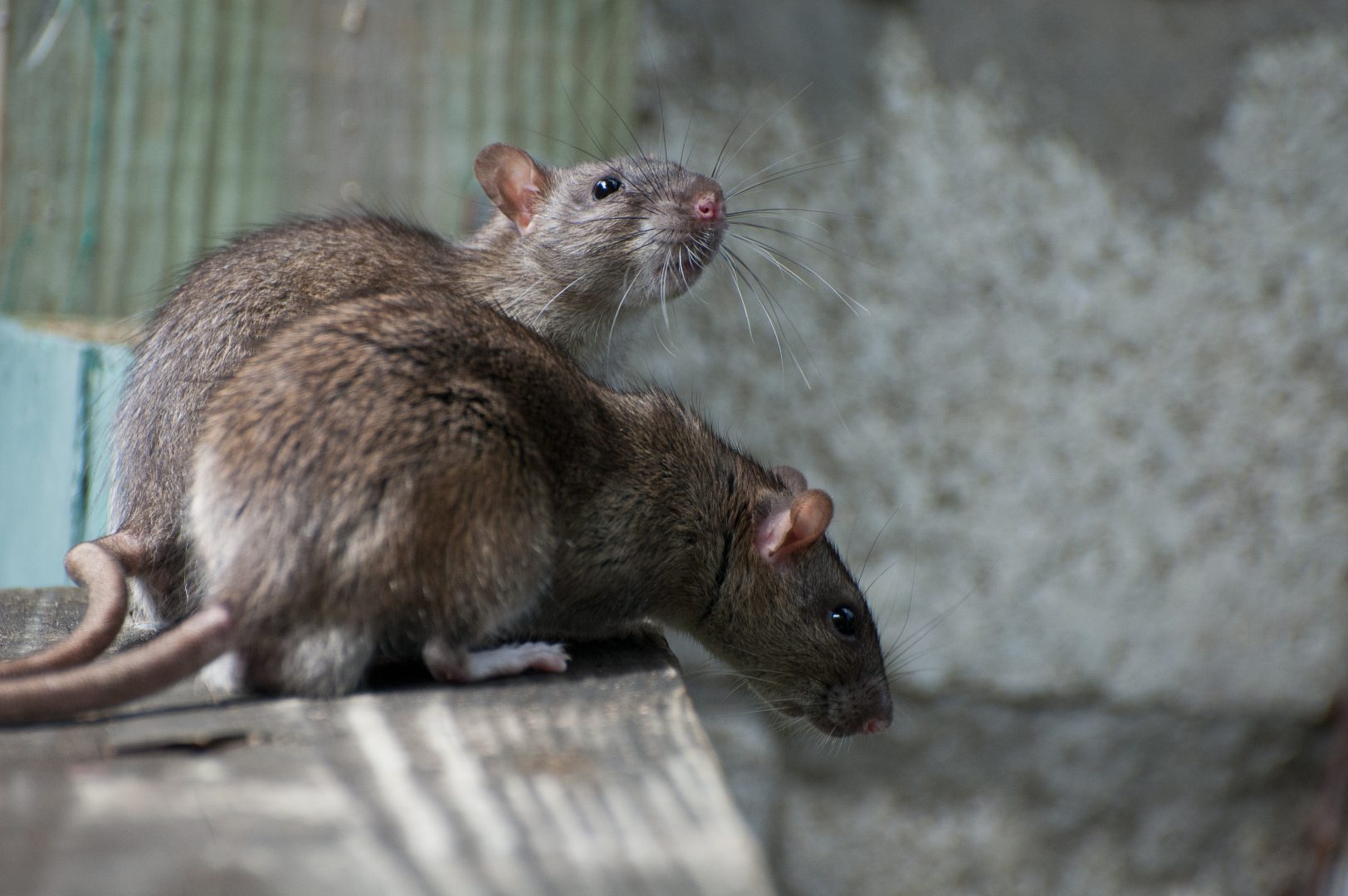After this cold snap in the Dallas Fort Worth area some people have noticed some unwanted visitors in their house. All rodents try to stay warm just like humans. Many times Roof Rats are in our homes, attics and place or work without us knowing they are there. Roof Rats will live inside a structure, are nocturnal and forge to the exterior for food and water.
Characteristics of Roof Rat
The roof rat is more at home in warm climates, and apparently less adaptable, than the Norway rat, which is why it has not spread throughout the country. Roof rats are more aerial than Norway rats in their habitat selection and often live in trees or on vine-covered fences. Landscaped residential or industrial areas provide good habitat, as does riparian vegetation of riverbanks and streams. Parks with natural and artificial ponds, or reservoirs may also be infested. Roof rats will often move into sugarcane and citrus groves. They are sometimes found living in rice fields or around poultry or other farm buildings as well as in industrial sites where food and shelter are available.
Roof rats frequently enter buildings from the roof or from accesses near overhead utility lines, which they use to travel from area to area. They are often found living on the second floor of a warehouse in which Norway rats occupy the first or basement floor. Once established, they readily breed and thrive within buildings, just as Norway rats do. They have also been found living in sewer systems, but this is not common.
Reproduction of Roof Rat
The young are born in a nest about 21 to 23 days after conception. At birth they are hairless, and their eyes are closed. The 5 to 8 young in the litter develop rapidly, growing hair within a week. Between 9 and 14 days, their eyes open, and they begin to explore for food and move about near their nest. In the third week they begin to take solid food. The number of litters depends on the area and varies with nearness to the limit of their climatic range, availability of nutritious food, density of the local rat population, and the age of the rat. Typically, 3 or more litters are produced annually.
The young may continue to nurse until 4 or 5 weeks old. By this time they have learned what is good to eat by experimenting with potential food items and by imitating their mother.
Young rats generally cannot be trapped until about 1 month old. At about 3 months of age they are completely independent of the mother and are reproductively mature.
Breeding seasons vary in different areas. In tropical or semitropical regions, the season may be nearly year-round. Usually the peaks in breeding occur in the spring and fall. Roof rats prefer to nest in locations off of the ground and rarely dig burrows for living quarters if off-the-ground sites exist.
If you have any concerns of any type of rodent infestation on your property, let your Dallas Fort Worth pest control company, Buzz Kill Pest Control, handle all of your rat control needs, especially if you are having issues with Roof Rats.

